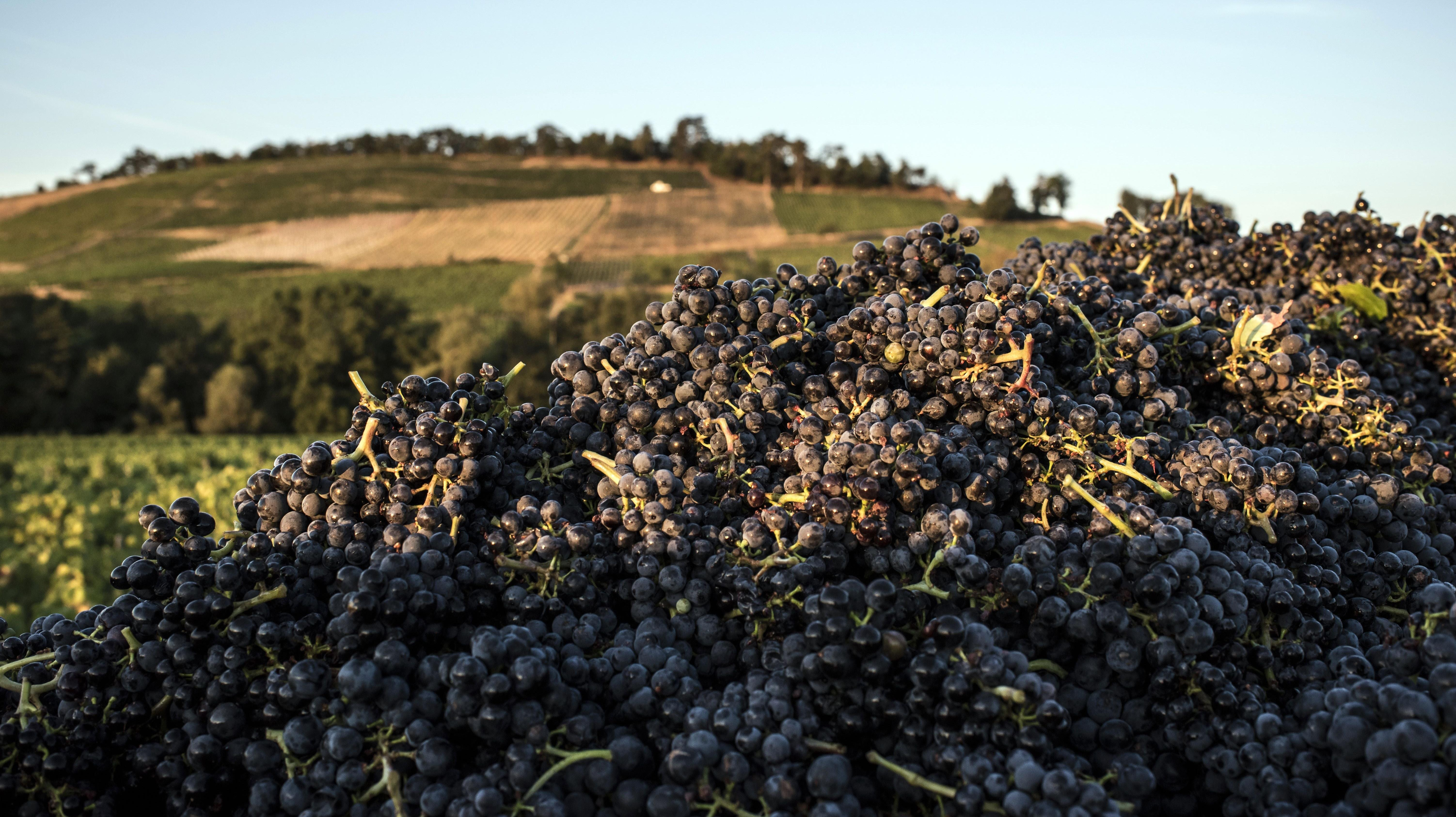Cooking With Wine Grapes In Beaujolais, France
In the Beaujolais region, they don’t just drink wine, they add the grapes to their food too. The result is intoxicating.
I often cook with wine, liberally pouring a large glass before I've so much as preheated the oven. Sometimes a splash will make its way into the chili or gravy that I'm preparing. More often than not though, wine will be the accompaniment to my dish, a necessary one but not crucial to the success of the actual recipe.
Inspiring lines of mass-produced high street tat (tea towels, coasters, and fridge magnets, just to name a few), comedian W. C. Fields famously said "I cook with wine, sometimes I even add it to food." For restaurateurs, winemakers and farmers in Beaujolais, France, adding wine to their food isn't just the "sometimes." It's the norm.
Coq au vin has long been a feather in the cap of traditional French gastronomic establishments, nestled proudly between dishes like boeuf bourguignon and gratin dauphinois. But have you heard of Beaujolais sorbet, grape-skin sausage, or eggs poached in wine?
Beaujolais, eastern France, is a verdant terrain of gentle hills like soft-scoop ice cream, mild winters, and fairytale castles. It's a major wine producing region, with 10 crus (a name given to vineyards producing wine of exceptionally high quality). Most of the wine produced is red, with white wine accounting for under 3% of all production.
At La Maison des Beaujolais, Belleville, customers can eat their way through an entire three-course wine-themed menu.
"We want customers to get a sense of the identity of the place that they're in," explains owner Guillaume Mithieux. "We use local wine and it's a great way of promoting local producers through the dishes as well as the drinks."
Their latest menu, launching in February, starts with a wine harvest veal sweetbread mille-feuille, using wine from the Domaine de Thulon. The main dish is a filet of pike in Fleurie (a Beaujolais Cru), supplied by Domaine de la Madone. The after-dinner cheese platter includes Tomme du Beaujolais, a semi-firm alpine cheese, cured and covered in grape skins from nearby Domaine des Nugues. Each of the vineyards is less than 10 miles from the restaurant. If you're craving more after three, wine-infused dishes , guests can also enjoy pears poached in local crème de cassis.
Chewing the wine
At my local market, I select an unfamiliar cheese. It's encased in shriveled, purple grape skins, like hundreds and thousands. Golden wheels of dairy are causing the market stall to visibly groan, and my choice is hardly the most visually appealing of the selection.
"Can I eat this?" I ask the trader suspiciously, pointing at the grape skin potpourri enveloping my purchase. She nods. As I take a large bite, the grape skins crack and the creamy cheese bursts in my mouth like a cherry tomato. The contrast is divine.
The gène, or grape skins, are left over when grapes are crushed during the vendange (wine harvest). In many winegrowing regions they're used as compost or mulch, but in Beaujolais they're used to cover this cheese, arôme de Lyon, or saucisson au gène, a fatty sausage also rolled in grape skins, which has evolved into one of the most famous dishes in the Beaujolais region. Many châteaux serve their own homemade saucisson au gène alongside tastings at open door events.
Waste not, want not
Cuisine in the Beaujolais region has always been about minimizing waste, and the east of France is renowned for eating every part of the animal (beef muscle, pig trotters and tripe are regular features on restaurant menus in my neighborhood). For sustainable winegrower Aurélien Burgaud, the same principle applies to using wine in his food.
"When wine has been left open for a few days it oxidizes," he explains. "So rather than throwing it away, it makes sense to use it in food."
At L'Auberge Domaine de la Madone in Fleurie, diners can enjoy boozy dishes with a view over the vines. One of their specialties is œufs en meurette, poached eggs served in a sauce made from red wine, mushrooms, lardons, onions and garlic. It's a rich burgundy in color and reminds me of a grown-up shakshuka.
Is this what sommeliers have in mind when they tell us to chew wine? If so, we're down, but we certainly won't be spitting these dishes out. Can we get a refill, please?
